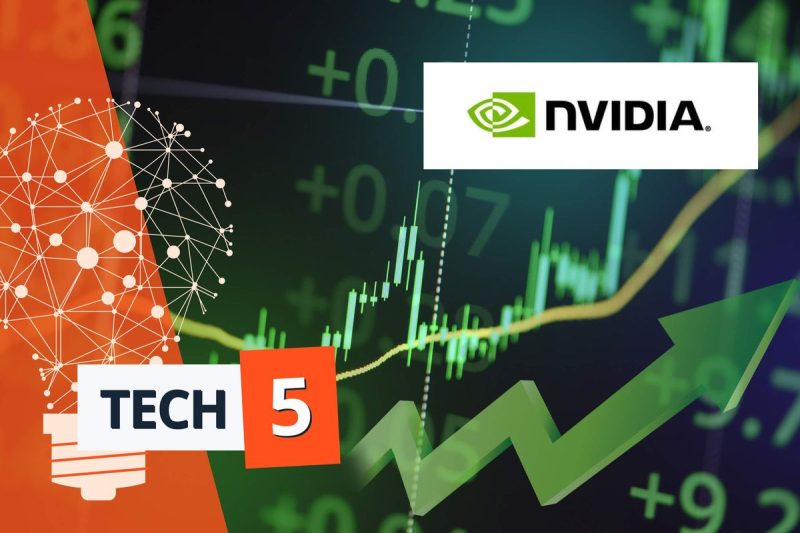In the fast-paced world of technology, key players are consistently coming up with innovative strategies to maintain their lead in the market. Two such tech giants, NVIDIA and Google have recently made significant advancements, which are notable. NVIDIA, a powerhouse in artificial intelligence and graphic processing units (GPUs), has delivered impressive quarterly results. At the same time, Google, who needs no introduction in tech engineering, released new AI tools that promise significant advancements in the AI sector.
Firstly, NVIDIA reported its latest financial results, showing a strong quarterly revenue that surpassed market expectations. A vast field of applications rely on NVIDIA’s GPUs, ranging from video gaming to professional visualisation, data centres, and automobile industries. However, NVIDIA’s surge in quarterly report attributes mainly from sectors of gaming and data centres. NVIDIA’s data center sector specifically contributed significantly to outstripping estimates, which signals surging demand for computational power drawn from industries like cloud computing and digital currencies.
The company’s successful earnings point out more than just profit figures. They also validate that NVIDIA’s strategic transition from a GPU-manufacturer to an all-around tech firm is indeed paying off. Equally important, it demonstrates the growing demand for GPUs in arenas beyond video gaming. The technological progression where advanced GPUs are integral to running AI applications, the cryptocurrency mining boom, or big data operations, all illustrate how NVIDIA has positioned itself effectively from just a GPU company to a giant in the fast-evolving tech industry.
On the flip side, Google has further confirmed its commitment to artificial intelligence by launching new AI tools. These developments in AI technology highlight Google’s ongoing commitment to amplifying the potential applications of AI. Rather than focused merely on software development, Google’s new tools aim to streamline AI accessibility for diverse industries.
Among Google’s new AI tools is the Vertex AI, a single, unified UI platform that assists companies in maintaining complete, end-to-end control over their AI applications. It eradicates the need for coding from scratch to develop models, making AI more accessible and useful for companies in various sectors. Google believes that AI should be for everyone, regardless of their technological capacity. Hence, enabling novices and veterans alike to derive valuable insights from AI is a focal point in Google’s latest AI tool release.
Google has also launched new AI Model Efficiency Toolkit, or AIMET. This tool is designed to work with PyTorch and TensorFlow frameworks, crucial resources for anyone interested in AI tech. AIMET helps in making AI models more efficient and performant, highlighting Google’s keenness to make AI more practical and accessible.
In conclusion, NVIDIA and Google’s latest tech developments signify the future trends we can anticipate in the tech industry. Whereas NVIDIA utilizes the full potential of their GPUs to cater to more than just gaming purposes, Google makes AI technology accessible and useful for companies across various sectors with their AI tools. These advancements not only depict how both NVIDIA and Google are leading the next wave of tech trends but also show their commitment to driving progress in the world of technology.




